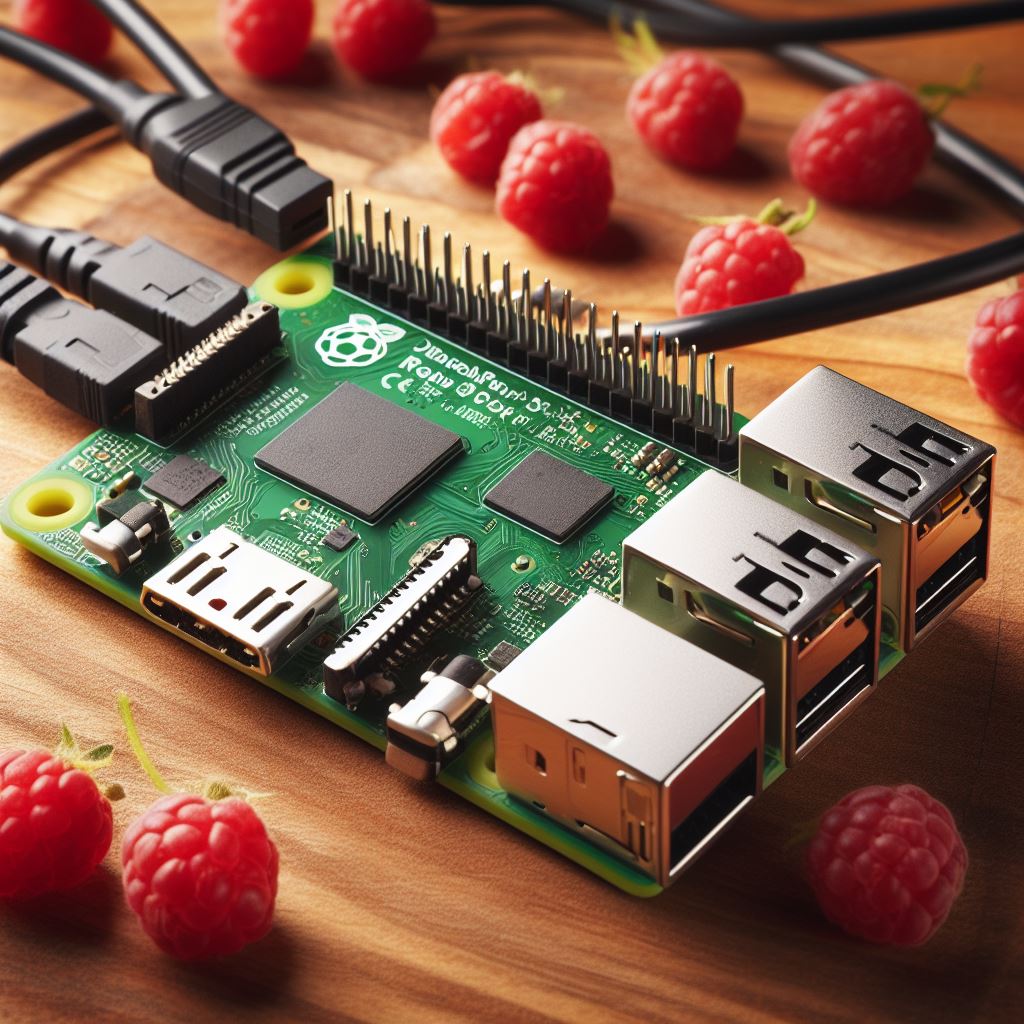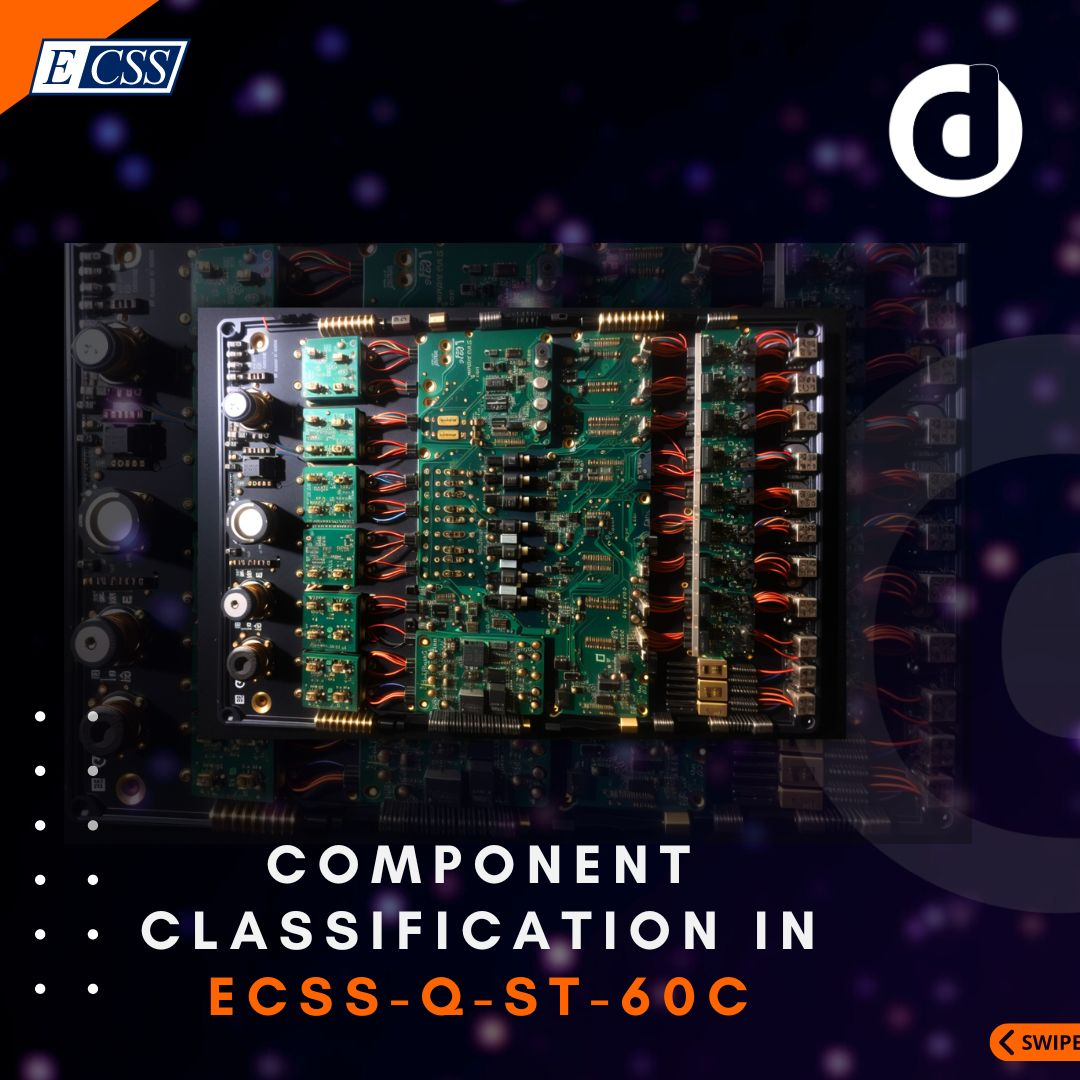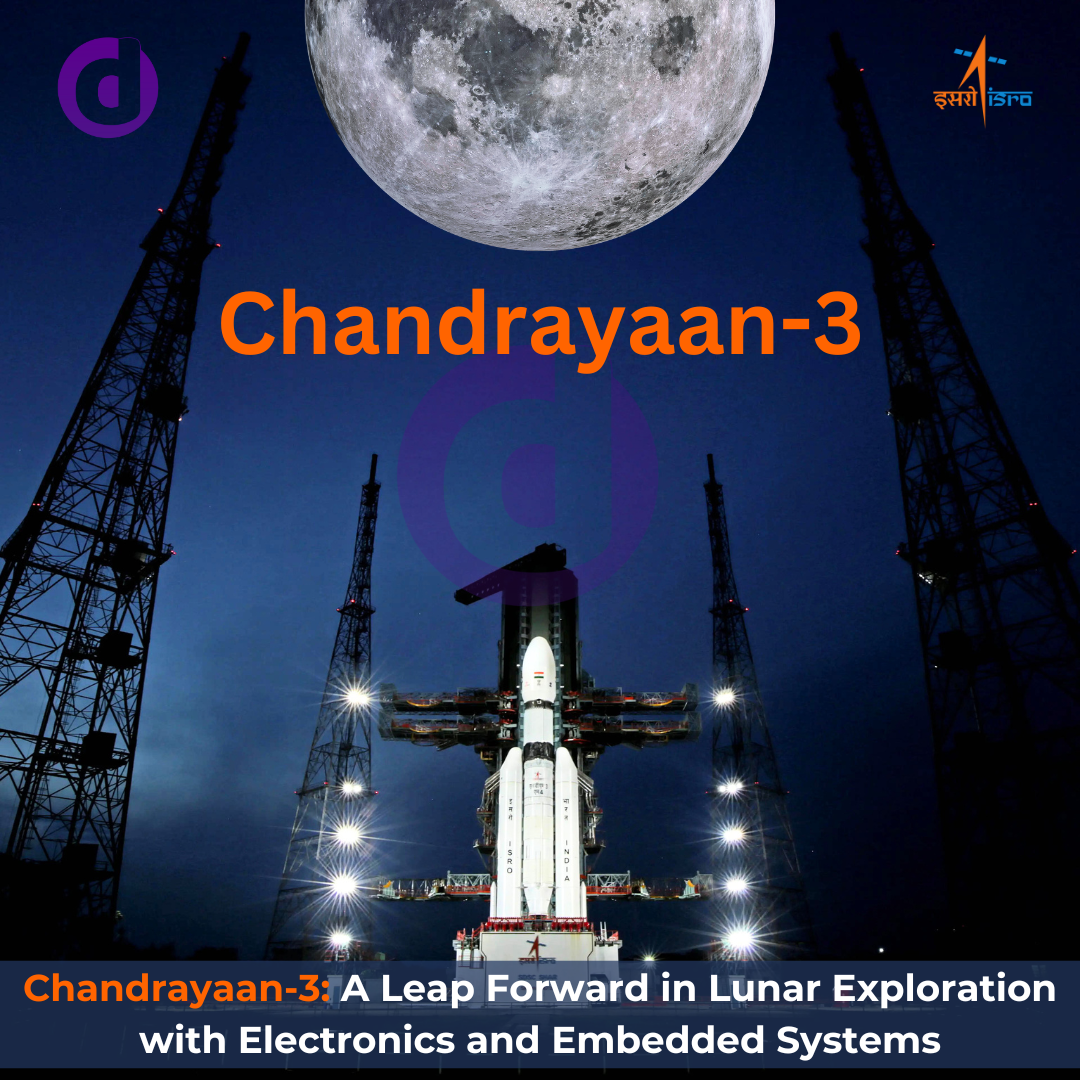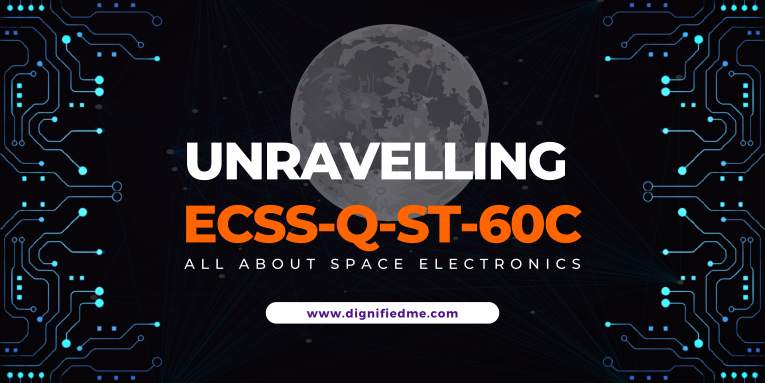 by Yash Rana
by Yash Rana Technology
Technology
National Technology Day: Honouring Progress in Electronics, Embedded Systems, VLSI Design, and AI, with a Spotlight on India's Growth
On this National Technology Day, let's delve into the remarkable advancements shaping the fields of electronics, embedded systems, and VLSI (Very Large-Scale Integration) design. Amidst a backdrop of continuous innovation and breakthroughs, these domains are on an upward trajectory. The influence of Artificial Intelligence (AI) is another critical factor revolutionizing these sectors. Platforms like Dignifiedme.com, a talent marketplace focusing on electronics, embedded systems, and VLSI, are pivotal in this transformative journey.
Furthermore, this National Technology Day 2023 marks the 25th year of the celebration, and the Indian Prime Minister has inaugurated the programme. The PM has laid the foundation stone and dedicate multiple scientific projects worth over Rs 5800 crore to the nation. Notably, these projects align with the vision of Aatmanirbhar Bharat, reinforcing the country's commitment to scientific and technological self-reliance.
One of the key projects is the Laser Interferometer Gravitational Wave Observatory – India (LIGO-India). Once operational, it will join the ranks of the few such observatories worldwide. Another significant project is the 'Rare Earth Permanent Magnet Plant, Visakhapatnam'. The inauguration of this plant will place India among a select group of nations capable of producing Rare Earth Permanent Magnets.
In the healthcare sector, the 'National Hadron Beam Therapy Facility' and 'Fission Molybdenum-99 Production Facility' will be dedicated to the nation. These facilities will significantly enhance India's capacity for cancer treatment and advanced medical imaging. The foundation stone for several Cancer Hospitals and facilities will also be laid, decentralizing and enhancing the provision of world-class cancer care across different regions of the country.
Embedded Systems: The Future of Automation and Connectivity
The embedded systems market is projected to grow at a CAGR of 5.6% from 2020 to 2027, hitting a revenue milestone of $147.22 billion by 2027. Factors such as increasing automation adoption and IoT device demand, coupled with the rising use of embedded systems in modern vehicles, are propelling this growth. With the rise of advanced driver-assistance systems (ADAS), autonomous vehicles, wearable medical devices, and remote patient monitoring solutions, sectors like automotive and healthcare are poised to lead this expansion.
VLSI Design: Powering the Electronics Revolution
The global VLSI design market is anticipated to expand from $9.99 billion in 2020 to $22.4 billion by 2027. Key drivers include the increasing demand for high-performance semiconductors and the evolution of AI and machine learning technologies. The growth of the IoT industry is another significant factor. The Asia-Pacific region, with its robust semiconductor manufacturing ecosystem, is expected to play a central role in this expansion.
Electronics: The Heartbeat of the Digital Age
The global electronics market is predicted to reach $10.87 trillion by 2023. The rise of IoT technologies, demand for advanced display technologies, and a growing need for industrial automation are fueling this growth. Once again, the Asia-Pacific region, with major electronics manufacturers, is likely to dominate the market.
AI: The Catalyst of Innovation
AI is a transformative force in electronics, embedded systems, and VLSI design. It's enabling the development of smarter embedded systems that learn from data and adjust accordingly. AI is also optimizing the performance and energy efficiency of VLSI circuits. Its profound impact is evident in autonomous vehicles, which rely on AI for tasks like object detection, tracking, decision-making, and control. AI is also promoting innovation in smart home devices, enhancing user experience by providing personalized recommendations and optimizing energy usage.
India: A Global Electronics Manufacturing Hub
India is emerging as a global hub for electronics manufacturing, driven by the government's initiatives to promote the electronics sector. According to Invest India, the country's electronics market could reach $400 billion by 2025, offering vast opportunities for growth and investment. India's strength lies in a large pool of engineering talent, increasing disposable income, and growing customer base, making it an attractive destination for electronic manufacturing.
In conclusion, the fields of electronics, embedded systems, and VLSI design are making significant strides, with AI playing a central role. Platforms like Dignifiedme.com are instrumental in connecting skilled professionals with opportunities in these rapidly evolving industries. As we celebrate National Technology Day, we recognize India's promising role in this landscape and look forward to even more exciting AI-powered innovations in the future.
Category
Recently posted
Unveiling the Future: The Remarkable Raspberry Pi 5
In a world that thirsts for technological advancements, the Raspberry Pi 5 makes a grand entrance, promising a horizon filled with endless possibilities. Its launch is more than just a milestone; it's a leap into a future where barriers to technological innovation are minimized.
The Raspberry Pi 5 is not merely a successor to its predecessor; it's a revolution in micr...
Learn moreComponent Classification in ECSS-Q-ST-60C
Introduction: ECSS-Q-ST-60C Rev. 3 and Its Emphasis on Components
The space industry's very nature demands rigorous standards to ensure safety, reliability, and mission success. ECSS-Q-ST-60C Rev. 3, as formulated by the ECSS Secretariat and associated European space agencies, underscores this by placing a strong emphasis on Electrical, Electronic, and Electromechanical (EEE) components. These components, foundation...
Learn moreChandrayaan-3: A Leap Forward in Lunar Exploration with Electronics and Embedded Systems
Introduction
The Indian Space Research Organisation (ISRO) continues its ambitious journey into space with the upcoming Chandrayaan-3 mission. As ISRO's third lunar exploration mission, Chandrayaan-3 is set to follow the path of its predecessors, Chandrayaan-1 and Chandrayaan-2, with the aim of making new strides in lunar exploration. This mission comes as a testament to ISRO's commitment to overcoming the challenges faced during Cha...
Learn moreECSS-Q-ST-60C: An Essential Guide for Electronics Engineers in Space Technology
Introduction
As we push the boundaries of technology and explore the farthest reaches of space, we recognize the importance of having rigorous standards. These standards ensure the safety, reliability, and success of our space missions. In the world of Electrical, Electronic, and Electromechanical (EEE) components used in space systems, one such critical standard is ECSS-Q-ST-60C, issued by the European Cooperation for Space Standard...
Learn moreUnravelling ECSS-Q-ST-60C: Deep Dive into Electronic Component Classification for Space Missions with a Spotlight on Chandrayaan 3
Introduction
In the unforgiving vastness of space, every detail matters. The intricate ballet of space exploration is predicated on an array of electronic components that must perform consistently under extreme conditions. The need for reliability and robust performance has led to the development of stringent standards to govern the quality of these components. One such standard is the ECSS-Q-ST-60C, which plays a v...
Learn moreGet recognised by writing an article on dignifiedme blog. Send your articles to support@dignifiedme.com. If it complies with dignifiedme standard then you can see your article on this page very soon!
Connect with your next great hire today!
Risk-free hiring made easy
Get Started

 Previous
Previous




